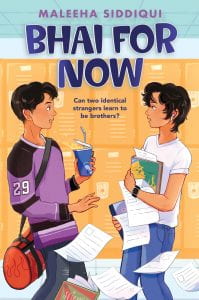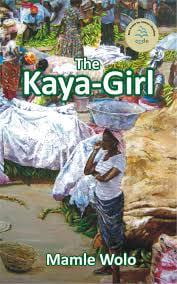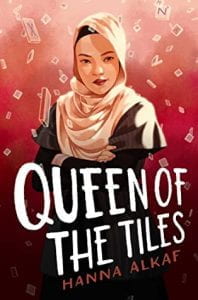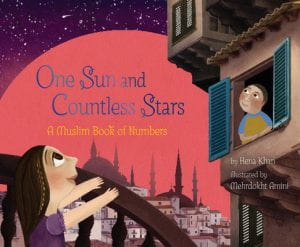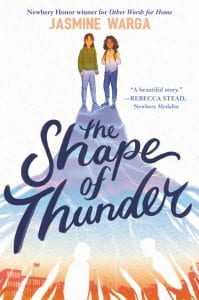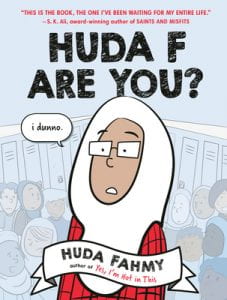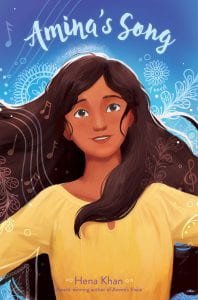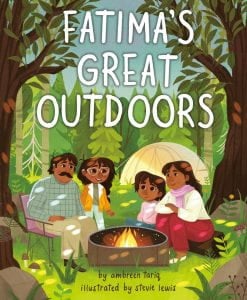 Vanbrakle, Khadijah. Fatima Tate Takes the Cake. Holiday House, 2023. 978-0-823-45485-3. 267 p. $19.99. Grades 8-12.
Vanbrakle, Khadijah. Fatima Tate Takes the Cake. Holiday House, 2023. 978-0-823-45485-3. 267 p. $19.99. Grades 8-12.
Black Muslim Fatima Tate has a passion for baking, but is also an obedient daughter to her two loving, hard working parents living in Albuquerque, New Mexico. Her mother has Fatima’s whole life planned as a nurse and regards her talent for baking as a hobby. Fatima spends her free time volunteering at a soup kitchen where she meets the charming and handsome Raheem Harris. When she accepts a ride home from Raheem one day–a definite no-no–that culminates in a kiss, Fatima starts down a slippery slope of secret dating that quickly escalates to a marriage proposal. Though at first, Fatima is thrilled to be matched with her crush, she starts to have serious misgivings especially when her best friend, Zayneb Baker, confesses her disapproval of the match based on hard evidence she discovered. Fatima’s parents are thrilled with Raheem and dazzled by his generous gifts and wealth because they believe it assures their daughter’s secure future. Fatima is reluctant to share her doubts with her parents, just as she keeps secret her participation in a baking competition that could enable her to attend the Culinary Institute. As her fiance and his family pressure Fatima into an early wedding quickly following her high school graduation, Fatima views the unmasked Raheem who is controlling and manipulative, but she feels trapped because of what he holds over her. The situation comes to a head during the engagement party, when Fatima confronts Raheem and his mother. Her honesty allows her to continue in the baking competition and recognize the support of her parents. Vanbrakle has a smooth way of writing authentic dialogue. While Fatima represents the docile, traditional Muslim, Zayneb, her lesbian friend who is also Muslim, wears no hijab and her relationship with her girlfriend is out in the open. Although Fatima appears modest and shy most of the time, she does have a sarcastic side to her and, ultimately, has the courage to address some very difficult issues. This well-rounded description of Muslim characters, beliefs, and customs is refreshing and genuine, but could have been enhanced by a glossary of terms. The book does, however, have some of Fatima’s favorite dessert recipes.
THOUGHTS: Gorgeous cover. Thankfully, in recent years more books have been published including Muslim characters, but Fatima Tate Takes the Cake makes the reader understand what it must be like to be a Muslim teen. This work provides the mirror and window so desired in reading. Some foul language, description of kissing, and implied sexual intercourse.
Realistic Fiction


